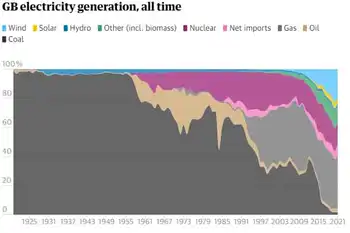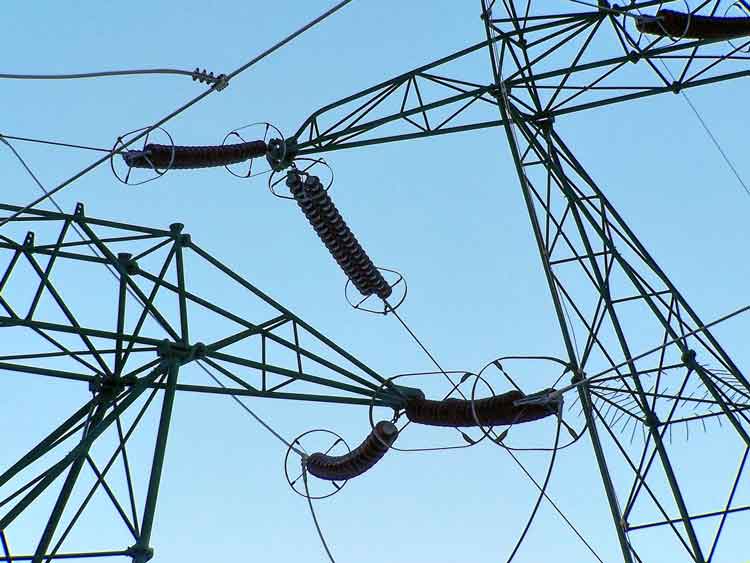Study: Competitive suppliers provide 18 percent of electricity in U.S.
During that same time period, the total electricity load served by competitive retail electric supply has grown by almost 40 percent (from 488 million megawatt-hours (MWh) to 685 million MWh).
The report was sponsored by the COMPETE Coalition and authored by Dr. Philip R. OÂ’Connor, a former Chairman of the Illinois Commerce Commission and a long-time champion of competitive markets.
The report relied upon data from the U.S. Energy Information Administration (EIA), data from the Annual Baseline Assessment of Choice in Canada and the United States (ABACCUS) report, and data and analytical support from DNV KEMA Energy and Sustainability.
“This new report, built upon a wealth of data and information, shows the tremendous growth of competitive electric markets across the United States,” said David Fein, President of RESA. “RESA member companies now provide competitive electric service to a large percentage of residential, commercial, industrial, governmental, not-for-profit, and other customers with a wide array of products and services at competitive prices.
As the report notes, competitive electric choice, in one form or another, is limited to only 18 jurisdictions in the United States. RESA hopes to see additional states implement regulatory or legislative policies and programs that lead to the development of competition and customer choice for the benefit of even more Americans.”
Entitled, “Retail Electric Choice: Proven, Growing, Sustainable”, the report mentions several states including California, Michigan, Montana and Oregon that currently prevent many customers from exercising a choice in their electric suppliers due to certain limits on competition. Fein notes that he and his RESA colleagues are seeing changes on the horizon.
“California has made great strides over the past few years with a limited, phased-in expansion of its competitive market and we hope to see additional expansion of this market in the very near future,” said Fein. “In Michigan, legislation was recently introduced in the House and the Senate to immediately provide access to the over 7,400 customer accounts on a waiting list to access the competitive market with a sustained expansion of customer choice over the next few years."
“In addition, a new regulatory proceeding was opened in Oregon to explore the potential refinement of rules that govern the competitive market with the goal of providing greater access for a larger number of customers. Finally, Arizona is involved in an ongoing examination of whether to re-introduce retail competition. This is an exciting time in the industry. As the Report recognizes, retail competition is flourishing and we are confident that trend will continue in the future.”
The report also notes that the competitive market model is a sustainable model. It goes on to say that fair, uniformly applied rules designed to create and maintain a level playing field for competition are the mainstay of sustained retail electric choice growth. Core elements of sustainable competitive markets identified in the report include: cost-based delivery rates, market-based default service structures, customer data and electronic data interchange arrangements, utility consolidated billing (UCB) and purchase of receivables (POR) programs, and strong consumer education programs. Once in place, these market rules allow substantial growth in customer migration away from traditional monopoly-regulated electric supply and to market-priced energy.
In addition, the report finds that price is not the only factor impacting customer choice. It goes on to conclude that a customized portfolio matched to an individual consumerÂ’s needs and innovative products and services play equally important roles in influencing consumer behavior.
The compelling value proposition of customer choice in energy is illustrated by data in the report that shows that since 2008, residential accounts served by competitive suppliers jumped more than 3.8 million to a total of nearly 11 million and non-residential accounts served competitively increased by more than 800,000 to nearly 2.4 million.
As the report shows, both cases represent an increase of more than 50 percent. Despite the most significant economic downturn in the U.S. economy since the Great Depression, the industry has passed a significant stress test pointing toward the sustainability of electric choice growth.
“After over a decade of work to create fair and balanced rules coupled with consumer education, we are seeing electric shopping and electric choice take a firm hold in our nation,” said Fein. “We look forward to continuing to work with policy makers to move the markets forward and create greater electric choice access to all American consumers.”
Related News

Duke Energy reaffirms capital investments in renewables and grid projects to deliver cleaner energy, economic growth
CHARLOTTE - Duke Energy says that the company will continue advancing its ambitious clean energy goals without the Atlantic Coast Pipeline (ACP) by investing in renewables, battery storage, energy efficiency programs and grid projects.
Duke Energy, the nation's largest electric utility, unveils its new logo. (PRNewsFoto/Duke Energy) (PRNewsfoto/Duke Energy)
Duke Energy's $56 billion capital investment plan will deliver significant customer benefits and create jobs at a time when policymakers at all levels are looking for ways to rebuild the economy in 2020 and beyond. These investments will deliver cleaner energy for customers and communities while enhancing the energy grid to provide greater…





